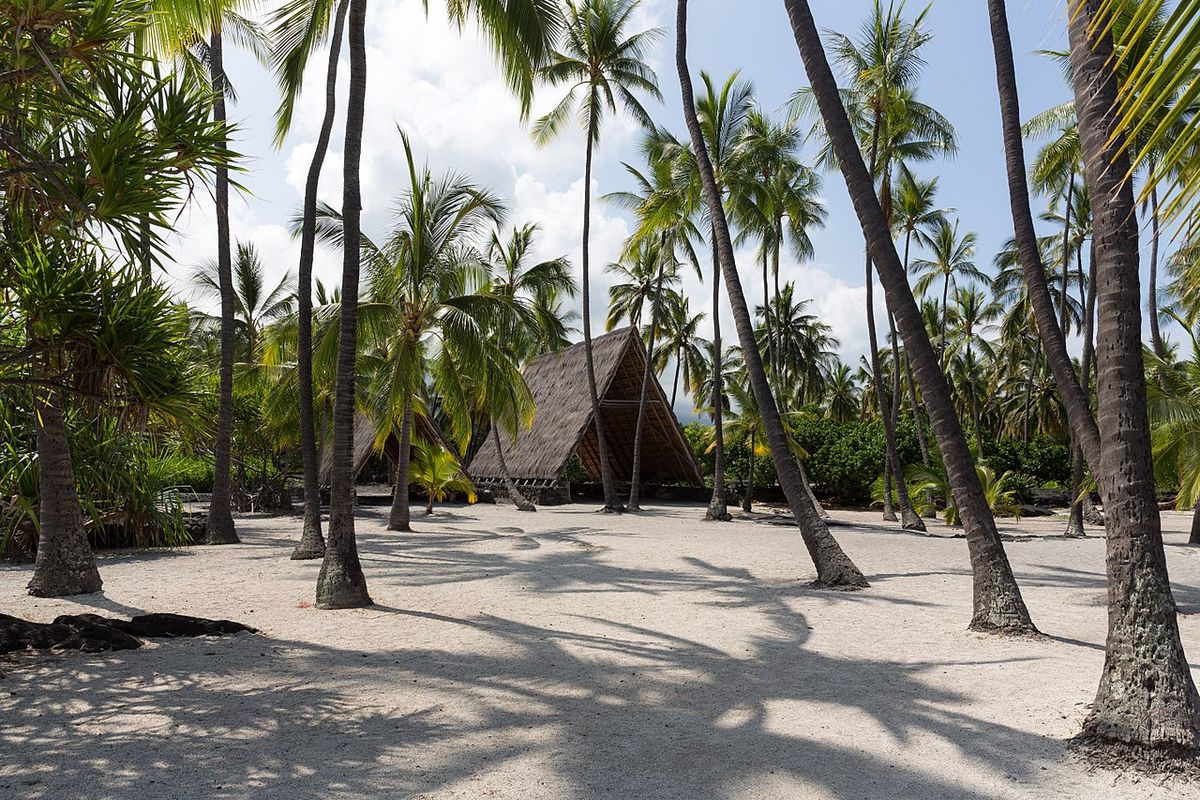About
In Ancient Hawai’i—a period from the Polynesian settlement in 600 until Kamehameha’s monarchy in 1810—an extensive kapu system governed the islands. Kapu, roughly translated as “forbidden,” consisted of a series of laws that dictated daily life. Common men could not tread on royal ground. No one was allowed to step in the shadow of the chief. Women were forbidden from eating particularly phallic-looking bananas. The punishment for breaking these mandates? Death as human sacrifice.
Even unwittingly committing kapu warranted execution in certain circumstances. In a time where impaled heads lined the roads to temples and human sacrifices were burned on the slopes of volcanoes, it seems that the system was stacked against the common man. Yet, there was one glimmer of hope for those sentenced to death, resting on a rigorous test of strength, endurance, and unshakable faith.
The challenge for freedom seems simple: set foot on the grounds of Pu’uhonua o Honaunau (Place of Worship) and the slate was wiped clean. Yet this task was not as easy at it sounds. The journey was long and rigorous. If a convict did manage to elude his pursuers and arrive at the southwestern coast of the Big Island, there were still challenges ahead. The holy grounds were adjacent to a royal complex, separated by a wall that stood 10 feet high and 17 feet thick. And finally, if the refugee still managed to circumvent the royal guards, there was still nature to contend with as the temple lay beyond a shark-infested bay.
Today visitors can explore the ancient Hawaiian ruins in this sacred space and experience a recreation of traditional village life. And though sharks are a less frequent sight, the Bay of Honaunau is now a favorite resting place for sea turtles and spinner dolphins, which makes for some fantastic snorkeling.
Related Tags
Know Before You Go
The Visitor Center has ranger-docents who are very knowledgeable about Hawaiian culture. It is located in Pu'uhonua O Hōnaunau National Historical Park.
Community Contributors
Added By
Published
October 31, 2011





































































